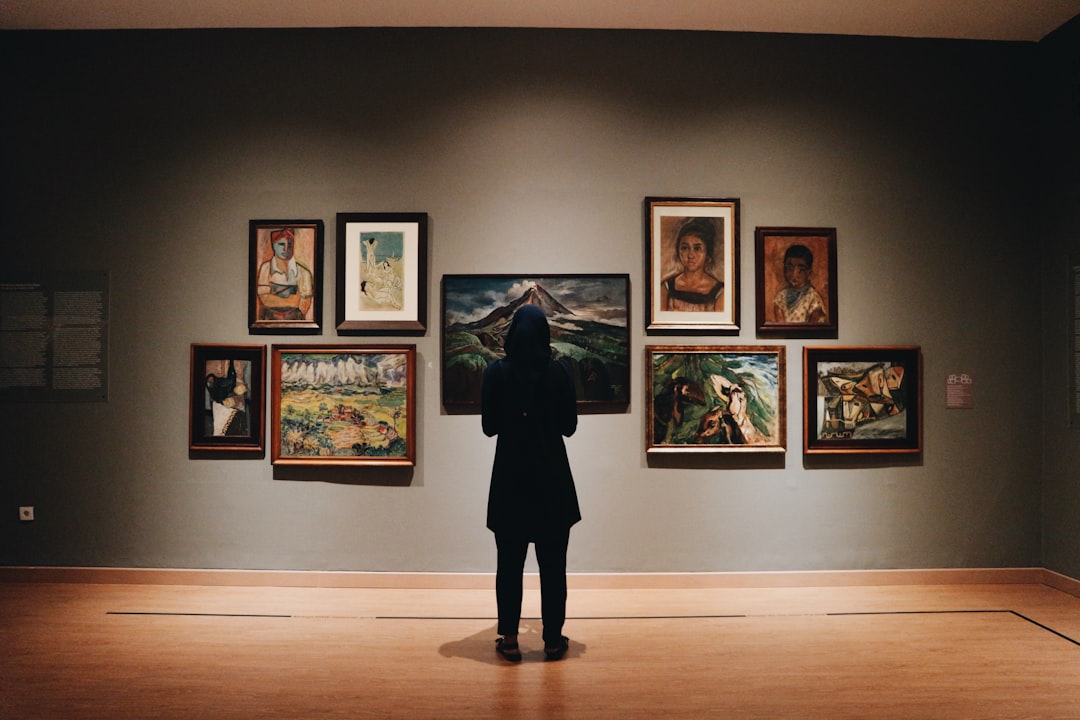Imagine you’re an art thief. That was the prompt for a research study in which people had to navigate a museum in a computer game to try to find the most expensive art.

When they were told to imagine that they were in the middle of carrying out the heist, they located more of the expensive art in the game. But when they w…
Keep reading with a 7-day free trial
Subscribe to Mixture to keep reading this post and get 7 days of free access to the full post archives.



